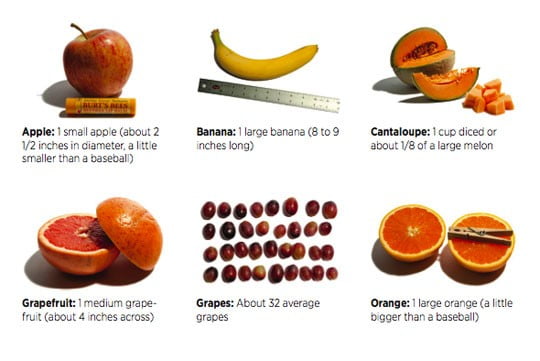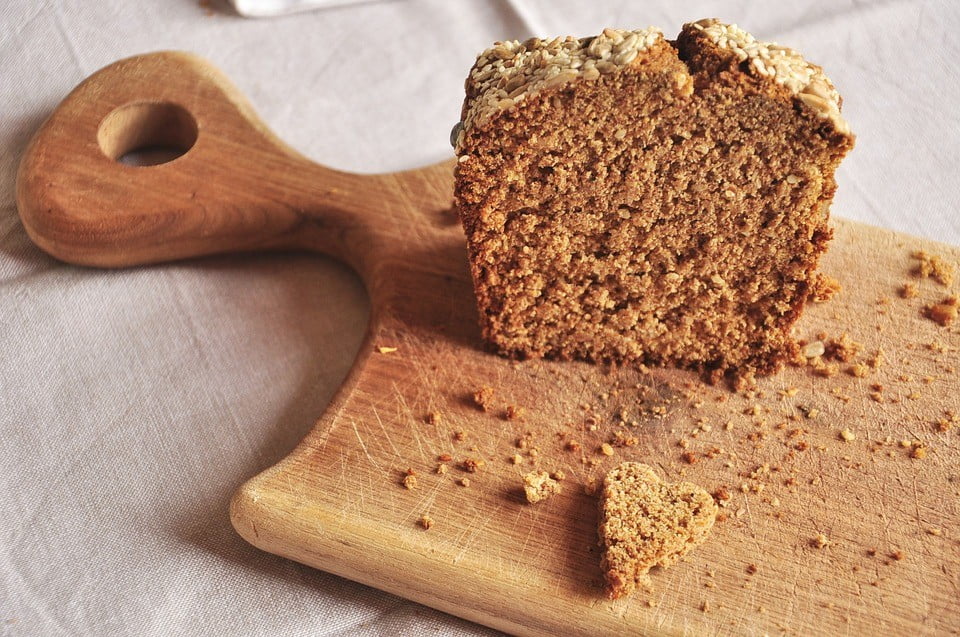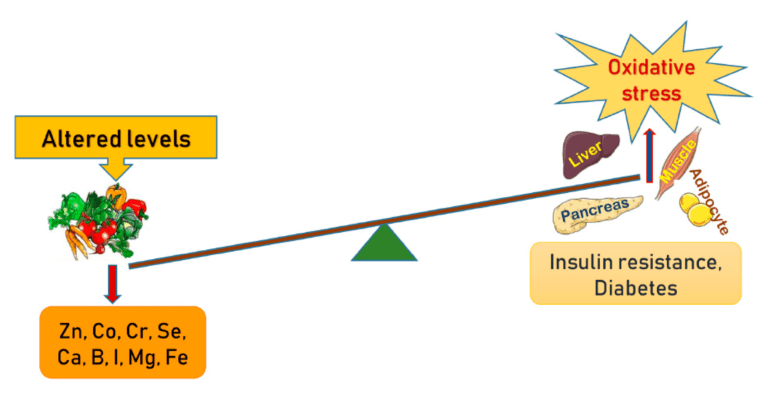Are you concerned about your cholesterol levels? Discover the secrets of lowering your cholesterol naturally through diet. Make informed decisions on what really lowers cholesterol and get back to living a healthier life!
Lowering cholesterol naturally
You will find this diet sheet useful if you have already reduced the amount of saturated fats in your diet and would like some more ideas on how to lower your cholesterol.
Step 1: Increase your fruit and vegetable intake
 Fruits and vegetables contain fibre which can help lower cholesterol levels. A balanced diet should include at least five portions of fruit and vegetables per day. These can be fresh, frozen, dried or canned.
Fruits and vegetables contain fibre which can help lower cholesterol levels. A balanced diet should include at least five portions of fruit and vegetables per day. These can be fresh, frozen, dried or canned.
A portion of fresh fruit or vegetables is roughly 80g, or 1 handful. For dried fruit the portion size is half a handful, as the fruit will be more concentrated. To get the most benefit, aim for as many different types of fruits and vegetables as you can.
Here are some examples of fruit and vegetable portion size:
1 medium apple
1 medium banana
2 satsumas
2 rings of canned pineapple
1 handful of frozen or fresh berries
3 heaped tablespoons of carrots
3 heaped tablespoons of frozen peas
1 cereal bowl of lettuce or mixed leaves
4 heaped tablespoons of cooked cabbage, kale or spinach
Step 2: Change to wholegrain carbohydrates
 Wholegrain carbohydrates – found in wholemeal (brown) bread, wholegrain cereals (eg wheat biscuits or porridge), brown rice or pasta – can help lower your non-HDL ‘bad cholesterol’.
Wholegrain carbohydrates – found in wholemeal (brown) bread, wholegrain cereals (eg wheat biscuits or porridge), brown rice or pasta – can help lower your non-HDL ‘bad cholesterol’.
Porridge oats also contain beta-glucans, which can help reduce the absorption of cholesterol in your gut. Try swapping your daily biscuits for oatcakes, or start having porridge for breakfast.
Step 3: Reduce your sugar intake
A high sugar intake can increase blood triglycerides. Reduce your sugar intake by:
• swapping high-sugar snacks such as cakes, chocolates and biscuits with lower-sugar options such as fruit or a handful of nuts
• if you take sugar in your tea, swap to a sweetener
• if you like full-sugar fizzy drinks or squash try the diet or no added sugar options
• fruit juices can also be high in sugar, so limit your intake to just one per day or eat the fruit in its whole form instead.
Step 4: Nuts
Nuts contain healthy unsaturated fats and fibre which can help lower cholesterol levels. They are also a great snack. Try eating 30g (half a handful) of unsalted, unsweetened nuts per day. It is important to note that nuts are high in calories, so limit portion sizes to avoid eating too much and weight gain.
Step 5: Beans, lentils and soya products
Beans, lentils and soya products contain soluble fibre and can help lower your cholesterol by reducing the absorption of cholesterol in your gut. Try replacing some of the meat in dishes such as casseroles and curries with beans, lentils or soya mince.
Step 6: Plant stanols and sterols
Plant stanols or sterols are added to certain foods and sold as cholesterol-lowering products. Consuming 2g of stanols or sterols has been shown to lower cholesterol levels by approximately 10%. If you choose to take these products, follow the manufacturer’s advice to consume the correct amount each day.
For example:
• 1 cholesterol-lowering yoghurt or drink which contains all of the recommended 2g
• two or three glasses of a cholesterol-lowering milk (each glass 250ml)
• four to six teaspoons of cholesterol-lowering spread – be aware that using too much spread can lead to weight gain.
Step 7: Aim for two portions of fish per week (one of which is oily)
Fish is low in saturated fat and oily fish contains a particular type of polyunsaturated fats, omega 3, which can help reduce your risk of heart disease. Oily fish include salmon, mackerel, sardines, herrings, anchovies and trout. The recommendation for a healthy heart is two portions of fish per week, one being an oily type.
Step 8: Reduce salt
Although salt does not affect your cholesterol, high levels can increase your blood pressure, which is another risk factor for cardiovascular disease.
Foods that are high in salt include:
• processed, smoked or cured meats and fish
• cheese
• crisps and salted snacks
• ready meals.
The recommended intake of salt is less than 6g – around one teaspoon of salt – per day.
Preparing foods from scratch allows you to control the amount of salt in your food. If you are not able to prepare meals from scratch, check labels and choose reduced-salt options of ready meals and avoid adding salt to foods at the table. You can also use herbs and spices to improve the flavour of your foods.
Step 9: Get more active
Physical activity can help raise your HDL ‘good cholesterol’ levels. It also helps you maintain a healthy weight and lower your blood pressure. Aim for at least 150 minutes (two and a half hours) of moderate-intensity activity per week. That’s 30 minutes a day 5 days a week. Moderate-intensity exercises are those where your heart rate is raised and you are getting warmer, eg brisk walking, cycling or swimming. Try incorporating physical activity into your daily routine, eg cycling or walking to work or taking the stairs instead of the lift.
Step 10: A healthy body weight and shape
Being overweight and carrying too much fat around your waist can raise your risk of high cholesterol, heart problems, diabetes, high blood pressure, and cancer.
Use the NHS healthy weight calculator to find out if you are a healthy weight
https://www.nhs.uk/live-well/healthy-weight/bmi-calculator.
Making some changes to your diet and getting more active can help you to achieve a healthy weight.
Step 11: Reduce your alcohol intake
Drinking too much alcohol is associated with increased triglyceride levels, and can contribute to weight gain, liver problems and raise your risk of getting cancer.
The recommended levels are no more than fourteen units per week for both women and men. Spread your alcohol consumption over the week and have several alcohol-free days.
Some examples of the number of units contained in alcoholic drinks:
• one pint of lower-strength (ABV 3.6%) lager, beer or cider = 2 units
• one pint of higher-strength (ABV 5.2%) lager, beer or cider = 3 units
• one standard glass of wine (175ml) = 2.1 units
• one single measure of spirits, eg vodka, gin, whisky, rum (25mls) = 1 unit.
You can reduce your alcohol intake by:
• Use a smaller glass
• having a soft drink in between alcoholic drinks
• Use a phone app or written diary to keep an eye on your intake.
Step 12: Stop smoking
Smoking is the biggest risk factor for cardiovascular disease as it contributes to high blood pressure and reduces your good cholesterol levels. You can contact your Trust stop smoking service for support to stop smoking.
Step 13 Track progress
by recording cholesterol numbers over time and making regular visits to your doctor for updates on health status
Useful sources of information
British Heart Foundation
Charity that funds research, education, and care and awareness campaigns aimed to prevent heart disease. Provides information and resources on cardiovascular health.
If you have any further questions or concerns about your cholesterol level , please call or send an email to: .Madelena Tapliga ( nutrition and weight management, lymphatic massage therapist) ; 07947887043 ; office@foodbodyfit.com



